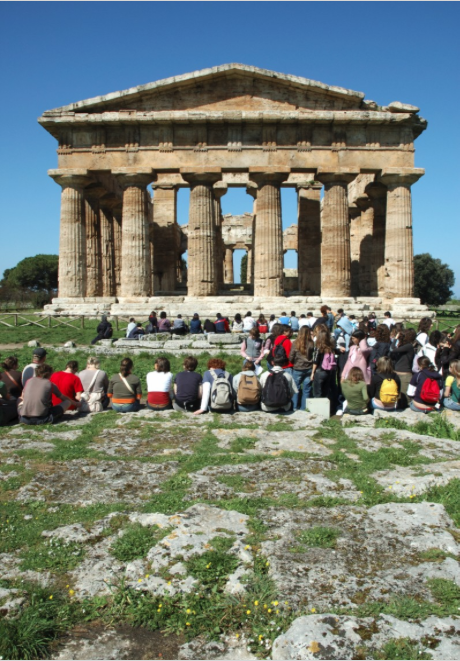Lying just a few miles from the centre of Glasgow, this unique villa has been described as Alexander 'Greek' Thomson's finest domestic design. It was built in 1857-8 for James Couper, a local businessman.
Many rooms are richly ornamented in wood, plaster and marble. School groups are welcome. Please contact the Education Officer at Pollok House for details.





